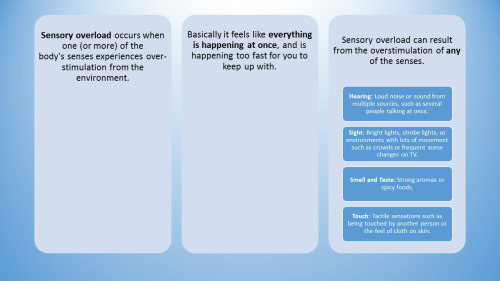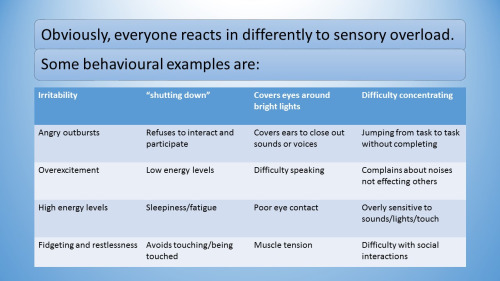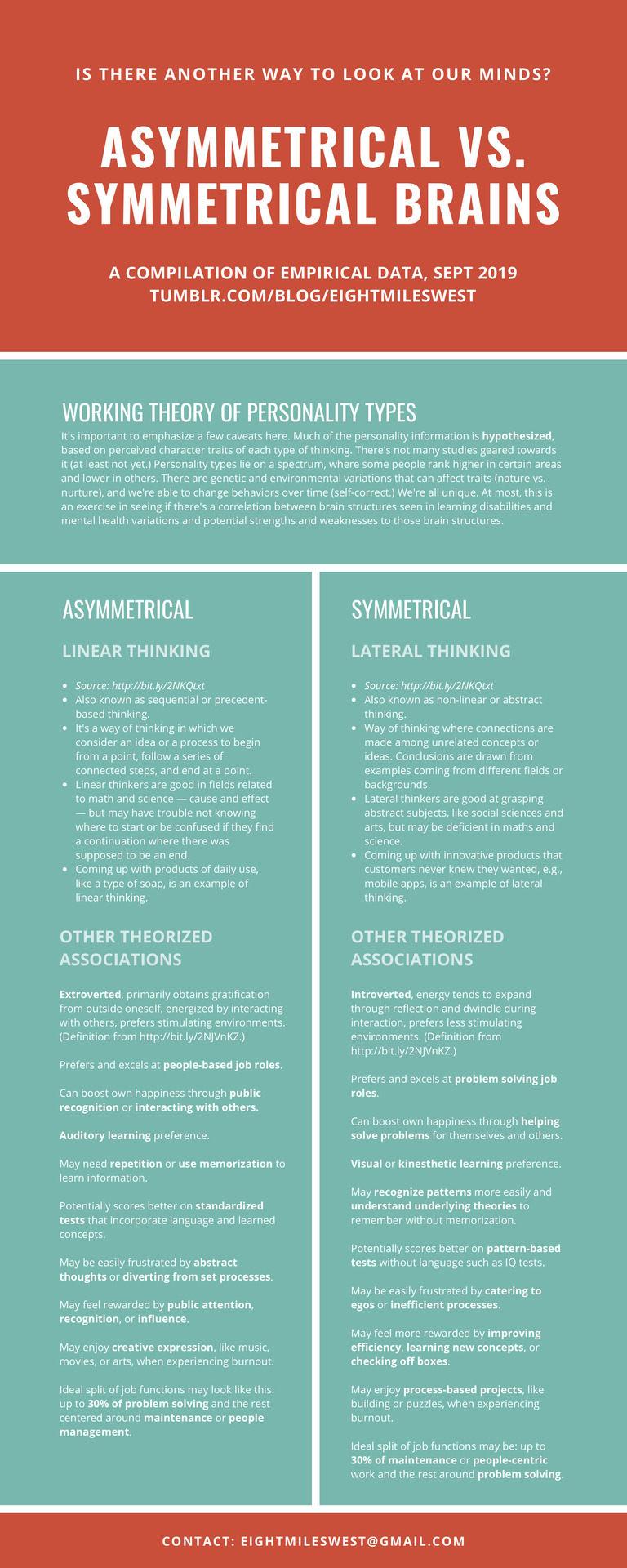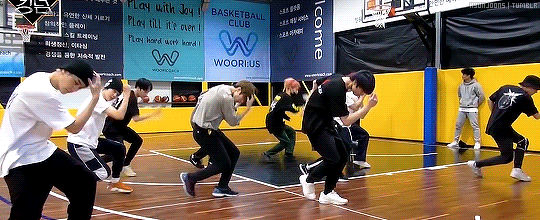A safe space for Autistic (prodx & selfdx) fans of K-pop, K-rock, KHH, J-rock, etc. Admins: Joon & Aurora
Don't wanna be here? Send us removal request.
Text
Clumsy Doyoung😂
Also..
Jungwoo: Hello from the other- ᴀᴀᴀᴀʜ!
70 notes
·
View notes
Photo

I made this for a scholarship thing and I’d like to share it bc,,,, it’s important.
3K notes
·
View notes
Text
Please Listen
I got a lot of questions, so here’s an update!
So I have a disorder called Auditory Processing Disorder
For those of you that aren’t aware what that is, it basically means that when I hear things, mostly speech, somewhere in between my ears and my brain it gets messed up. I know that you’ve said something. I know you said it to me. But I honestly have no idea what it was. It just sounded like noises.
Sometimes, I figure out what you’ve said a few seconds later which results in this exchange:
“Hey, did you see what Jamahl said on Facebook yesterday?”
“What?”
“I said did you se–”
“Oh, yeah I did.”
So if you know someone with APD, here are a few things you can do to make our lives easier!
Talk one at a time.
This includes not saying a word when the TV is on. It is inevitable that I will not get 90% of what is being said when two people are talking at the same time, and no, it doesn’t matter how loud the TV is and how quiet you are. Because it’s not volume, it’s that my brain can’t process all of it, and it can’t decide what to listen to, as well as what to tune out. So I end up hearing you whisper to your friend instead of important information.
Be patient with me.
Please don’t get angry when I ask you to repeat yourself. I’m listening. I promise. Trust me, I get so tired of not hearing people, that if I actually ask you to repeat yourself, I am genuinely curious. If I’m not, I’ll just awkwardly laugh and nod.
Sometimes I’m in my own world.
Sometimes, when I’m watching TV, or music is playing. I won’t hear you speak to me. It’s not because I’m so engrossed into the TV that I’m ignoring you, it’s because yet again, my brain has completely blocked you out to the point where you’ll probably need to tap my shoulder to get my attention, or yell, but please only do the latter if it’s super important.
Believe me when I say, I know wha APD is more than you do.
It most situations, people (who are decent) are very good at realizing that they don’t know more about disabilities/disorders than people who struggle with them. But for some reason, that goes out the window when it comes to APD.
It is up to the person if they want to classify themselves as Hard of Hearing. I do sometimes, because I don’t feel like reading this Tumblr post to every person I meet, APD isn’t very common knowledge you see. And it makes sense, I mean, sometimes I have a hard time hearing you, don’t I?
It also is someone’s choice if they DON’T want to identify as HoH. Because technically, there’s nothing wrong with our ears. Some peope find that hearing aids help, but they don’t help everyone, because my ears aren’t the problem.
Lastly, please remember, this is harder for us than you. You have had to repeat yourself a few times to me. I have had to ask someone to repeat themselves countless times today, let alone in my lifetime. You are encountering a person with APD. I am the person with APD. Thank you and goodnight.
2K notes
·
View notes
Photo









@actuallyadhd
[Image Descriptions:
All slides have a light blue background, and the text is written in blue rectangles with rounded corners.
Slide 1: The title is in white text inside a dark blue circle that is centred in the slide.
Sensory Overload And how to cope
Slide 2: The header is in a dark blue rectangle and white text, and the body is in a pale blue rectangle and black text.
Sensory overload has been found to be associated with disorders such as:
Fibromyalgia (FM)
Chronic Fatigue Syndrome (CFS)
Post Traumatic Stress Disorder (PTSD)
Autistic spectrum disorders
Generalized Anxiety Disorder (GAD)
Synesthesia
Slide 3: The text is in three pale blue rectangles that go horizontally across the slide. All use black text. The last rectangle has four smaller dark blue rectangles with white text inside it for the four points. The text is centred in all of the rectangles.
Sensory overload occurs when one (or more) of the body’s senses experiences over-stimulation from the environment.
Basically it feels like everything is happening at once, and is happening too fast for you to keep up with.
Sensory overload can result from the overstimulation of any of the senses.
Hearing: Loud noise or sound from multiple sources, such as several people talking at once.
Sight: Bright lights, strobe lights, or environments with lots of movement such as crowds or frequent scene changes on TV.
Smell and Taste: Strong aromas or spicy foods.
Touch: Tactile sensations such as being touched by another person or the feel of cloth on skin.
Slide 4: A heading in two light blue rectangles with black text, followed by a table with a dark blue first row that has white text, and then alternating pale blue and white rows with black text. (The table is not really a table, it is just a four-column list.)
Obviously, everyone reacts in differently to sensory overload.
Some behavioural examples are:
Irritability — “Shutting down” — Covers eyes around bright lights — Difficulty concentrating Angry outbursts — Refuses to interact and participate — Covers ears to close out sounds or voices — Jumping from task to task without completing Overexcitement — Low energy levels — Difficulty speaking — Compains about noises not effecting others High energy levels — Sleepiness/fatigue — poor eye contact — Overly sensitive to sounds/lights/touch Fidgeting and restlessness — Avoids touching/being touched — Muscle tension — Difficulty with social interactions
Slide 5: The header is in a dark blue box with pointy corners and white text. The body is in a pale blue box with pointy corners and black text.
There are two different methods to prevent sensory overload: avoidance and setting limits:
Create a more quiet and orderly environment - keeping the noise to a minimum and reducing the sense of clutter.
Rest before big events.
Focus your attention and energy on one thing at a time.
Restrict time spent on various activities.
Select settings to avoid crowds and noise.
One may also limit interactions with specific people to help prevent sensory overload.
Slide 6: This looks the same as the last slide except the text in the header is black.
It is important in situations of sensory overload to calm oneself and return to a normal level.
Remove yourself from the situation.
Deep pressure against the skin combined with proprioceptive input that stimulates the receptors in the joints and ligaments often calms the nervous system.
Reducing sensory input such as eliminating distressing sounds and lowering the lights can help.
Calming, focusing music works for some.
Take an extended rest if a quick break doesn’t relieve the problem.
Slide 7: Four light blue rectangles with rounded corners, stacked one above the other, with black text.
What if someone you know is experiencing sensory overload?
Recognize the onset of overload. If they appear to have lost abilities that they usually have, such as forgetting how to speak, this is often a sign of severe overload.
Reduce the noise level. If they are in a noisy area, offer to guide them somewhere more quiet. Give time to process questions and respond, because overload tends to slow processing. If you can control the noise level, for example by turning off music, do so.
Do not touch or crowd them. Many people in SO are hypersensitive to touch - being touched or thinking they are about to be touched can worsen the overload. If they are seated or are a small child, get down to their level instead of looming above them.
Slide 8: Similar to previous slide, only with three rectangles instead of four.
Don’t talk more than necessary. Ask if you need to in order to help, but don’t try to say something reassuring or get them talking about something else. Speech is sensory input, and can worsen overload.
If they have a jacket, they may want to put it on and put the hood up. This helps to reduce stimulation, and many people find the weight of a jacket comforting. If their jacket is not within reach, ask them if they want you to bring it. A heavy blanket can also help in a similar way.
Don’t react to aggression. Don’t take it personally. It is rare for someone who is overloaded to cause serious harm, because they don’t want to hurt you, just get out of the situation. Aggression often occurs because you tried to touched/restrained/blocked their escape.
Slide 9: Similar to previous slide, only with two rectangles instead of three.
When they have calmed down, be aware that they will often be tired and more susceptible to overload for quite awhile afterwards. It can take hours or days to fully recover from an episode of sensory overload. If you can, try to reduce stress occurring later on as well.
If they start self-injuring, you should usually not try to stop them. Restraint is likely to make their overload worse. Only intervene if they are doing something that could cause serious injury, such as hard biting or banging their head. It’s a lot better to deal with self-injury indirectly by lowering overload.
Slide 10: The header is in a dark blue rectangle with white text, and the other text is in a row of five dark blue circles with white text. The text is centred in all shapes.
To summarise - Remember the 5 R’s
Recognise The symptoms of overload
Remove Yourself from the situation
Reduce the stimulus causing the overload
Relax Your body and calm yourself down
Rest Yourself as you will most likely feel fatigue.]
16K notes
·
View notes
Photo



While researching speech delays and learning disabilities, we saw some studies about how the brain in is usually more asymmetrical (the right side tends to be slightly bigger) while dyslexic participants had more symmetrical brains (the part that tends to be smaller usually handles tasks for reading and processing.)
Made us wonder if there were any studies on brain structure and other learning disorders and anxiety, body dysmorphia, etc. Since right- and left-brained thinking were recently debunked, maybe this helps explain some common characteristics associated with certain LDs. That part is completely hypothesized — there aren’t any findings to back it up at this time.
23 notes
·
View notes
Video
200405 V’s Tweet
여러분 심심하면 티비와 대화하세요~#집콕챌린지 pic.twitter.com/ZcboiW4Bnj
Everyone, have a conversation with your TV if you’re bored~ #StayAtHomeChallenge
(T/N: The video playing is ’Closer - Retro ‘50s Prom Style Chainsmokers / Halsey Cover ft Kenton Chen’. V just recommended the song on Weverse too..)
Trans cr; Denise @ bts-trans © TAKE OUT WITH FULL CREDITS
3K notes
·
View notes
Photo




“I can hear yeonjun’s brain rolling.” - kang taehyun
455 notes
·
View notes
Photo


jungkook when he sees hair: must sniff….i have to sniff
5K notes
·
View notes
Note
I'd just like to thank you for speaking so openly about your experiences with sensory processing disorder. It never occurred to me that I could call my discomfort as pain until you mentioned it. It makes it easier to set boundaries now that I can acknowledge that these experiences hurt me. So thank you so much for that! You're a great person, and I've not once regretted following your blog!
that's a very real issue with chronic conditions--many of us have lived with chronic pain/discomfort for so long that
it becomes our normal, to the point we're unaware that healthy people don't live like this
it becomes invisible-- we learn to live with an anticipate our pain/discomfort, and to minimize our reactions
we learn to underreact--and then wonder if that means our experiences aren't real. we're trained to stop expressing our negative experiences externally, bc of repeatedly having our complaints minimized and dismissed. because we no longer react the way we're taught is 'normal' to react to pain, we internalize that we're not really in pain: after all, if it's not bothering anyone else, then (ironically) surely we're just overreacting? (No, we're not. I call this the Neurotypical Standards Paradox)
sensory processing and other chronic issues are real, serious, and dangerously underrecognized. you deserve to be happy and feel good on a daily basis, and to have tools and resources to manage distress.
(also discomfort is a category of pain, just low level enough that we're more or less about to function through it. that doesn't mean it's not pain.)
7K notes
·
View notes
Photo








‘danger’ performance practice
465 notes
·
View notes
Photo


what mukbang is this?
bonus: mj’s apprentice.

509 notes
·
View notes
Photo



imagine how active he must have been
362 notes
·
View notes
Photo




🐻☆‧͙⁺˚*・༓☾
bonus foolery:

156 notes
·
View notes
Photo




they’re so cute together ♡
68 notes
·
View notes
Photo


me, thinking i need to socialize again after quarantine
142 notes
·
View notes
Photo




There isn’t a single moment where he isn’t adorable
29 notes
·
View notes
Photo




if it wasn’t for the note I would have thought it was a ghost
629 notes
·
View notes